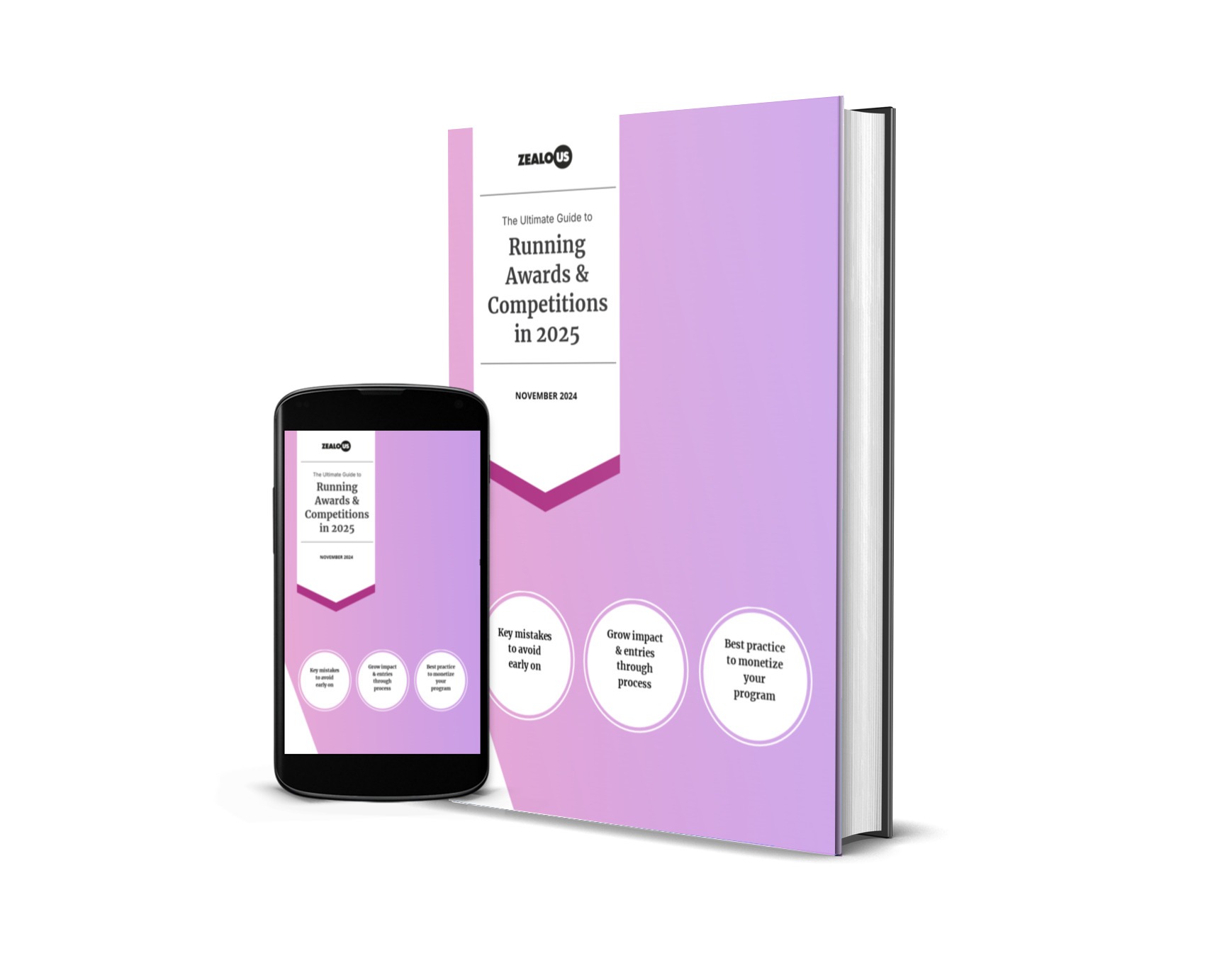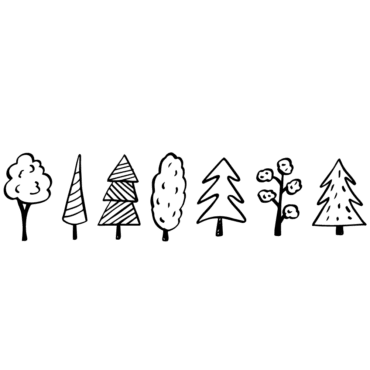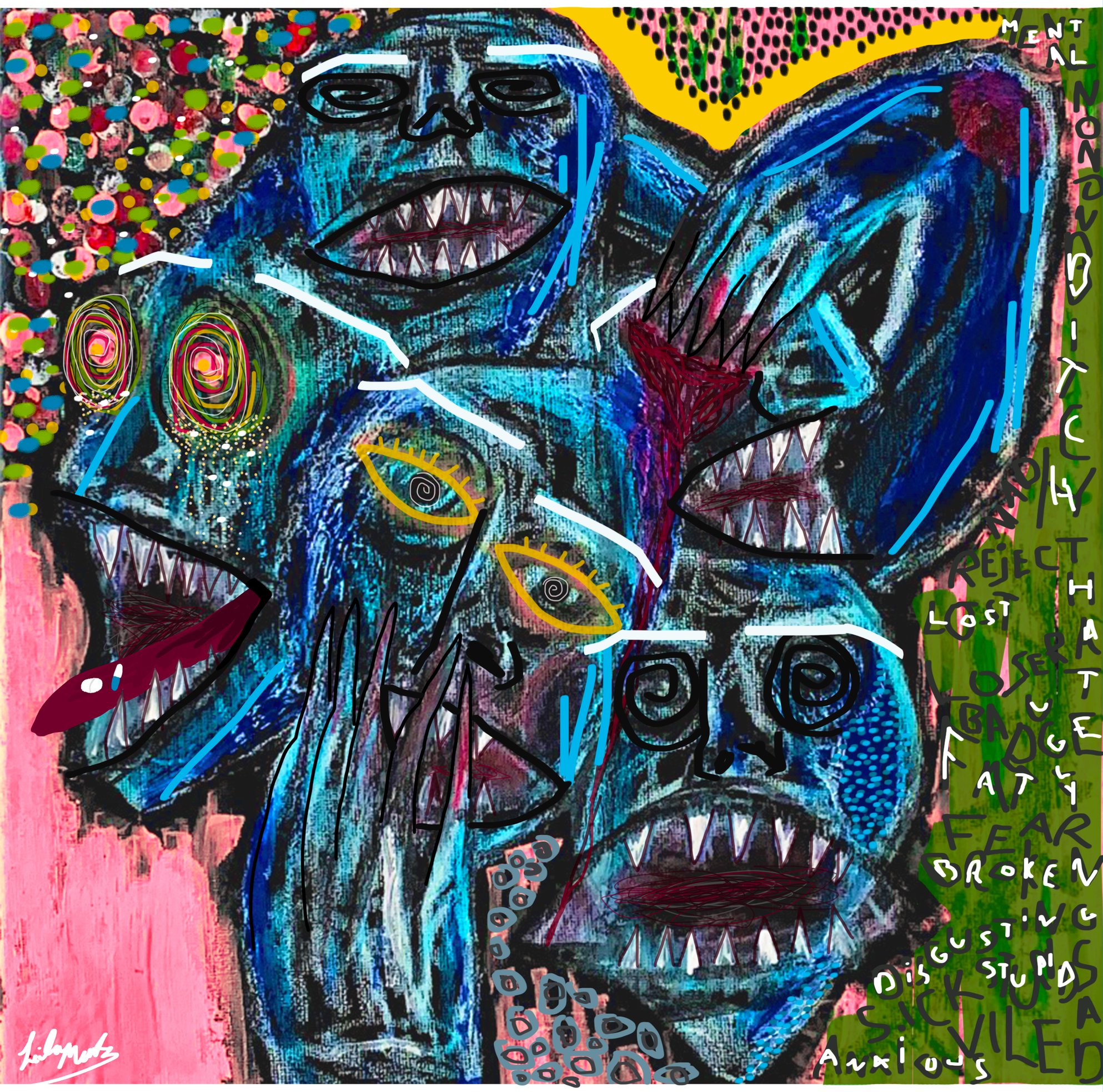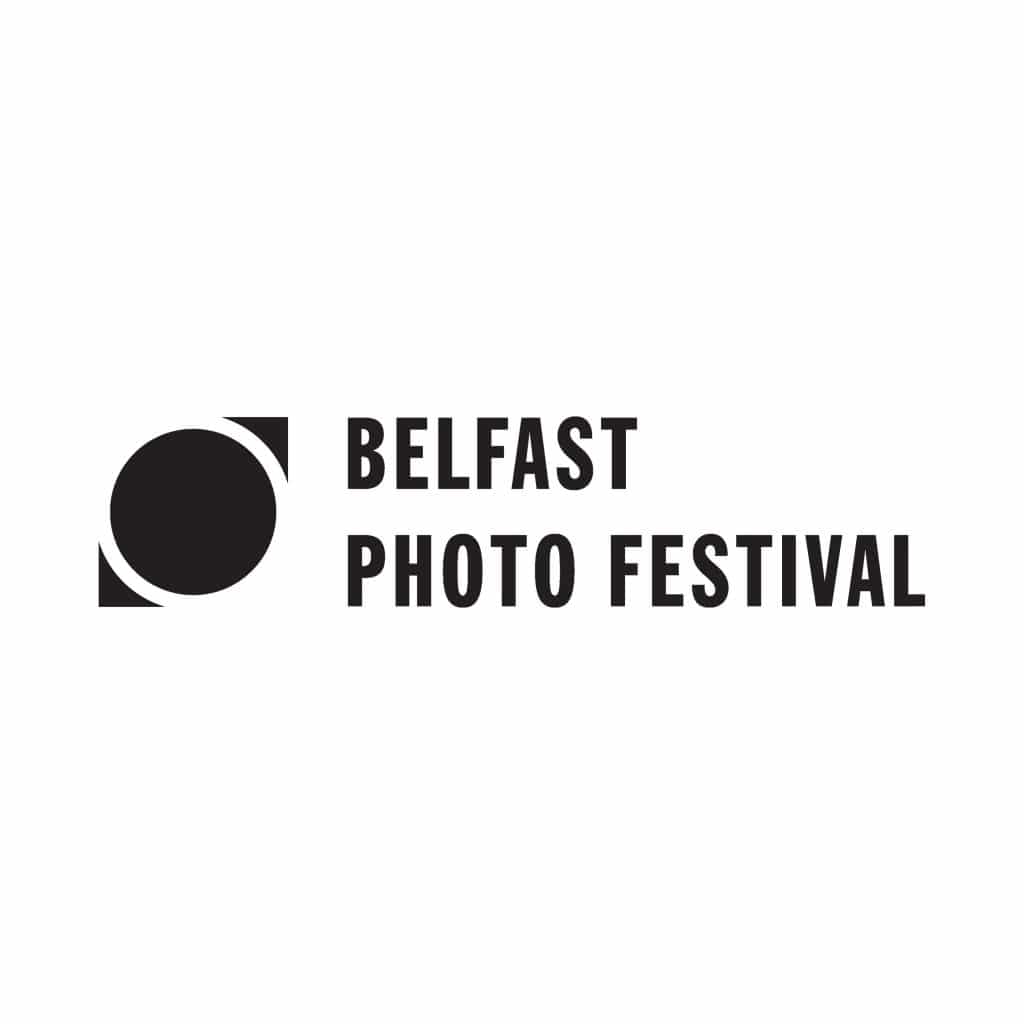
Michael Weir, Founder & Director, Belfast Photo Festival
In terms of making your work stand out, it’s helpful for photographers to have carefully considered the exhibition and presentation of their work, providing examples of this within their submission. This helps to give those making the selection a good understanding of how the exhibition could be presented and also gives the photographer an opportunity to take their creativity a step further by proposing the shows presentation in a very unique and potentially stylised way.
From my experience, less is more, and it is a good idea for a photographer to make their selection of submitted images with a friend or colleague to ensure they are submitting the strongest photographs within their project portfolio and that each image brings something new and different to the story or conversation.
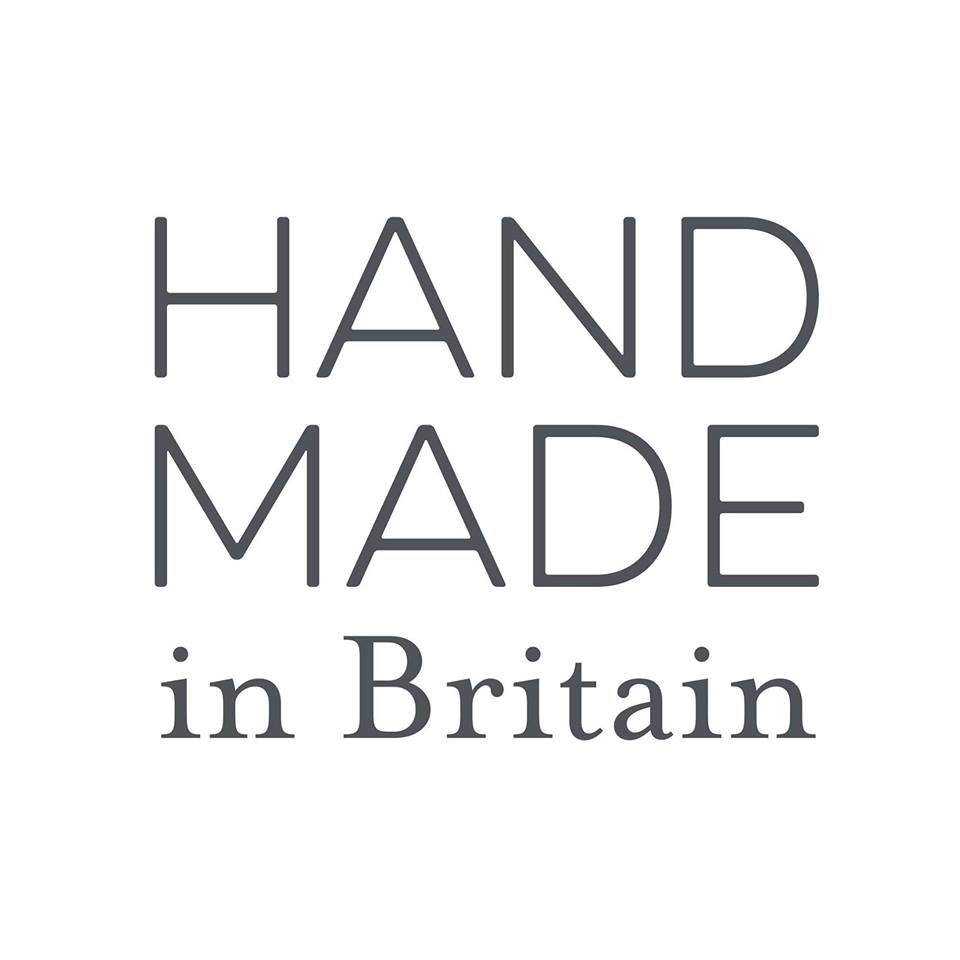
Alis Clement, Events Manager, Handmade in Britain
We promote quality and skill by supporting exceptional craft practitioners engaged in all areas of design and craft, both traditional and modern, and we connect them with an affluent, fashionable and discerning audience.
Submissions are judged and selected at the end of each deadline on a first come first viewed application – there is limited available space in each discipline so applying early is key.
Our least favourite applications to view are from those who have not considered the audience our shows appeal to. We always look for new, exciting, highly creative work – but also makers who have thought about their pricing and appeal to the targeted audience.
The least favourite images are when we need to guess what the product is! The photographs should be on a light background, clearly showing the handmade quality of the product alongside an atmospheric shot to help identify the scale of the object.
Often, less is more. You know your work better than anyone – bullet point these condensed points in the requested description box, and we can understand quickly and with ease.
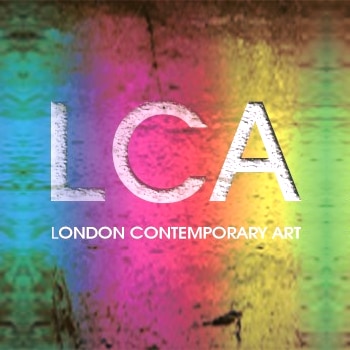
Lawson Bell, Director, London Contemporary Art
Do your research and make sure you meet the criteria specified by the curator. A cohesive group of work is better than a scatter-gun approach: if you are primarily a landscape artist then apply with images of landscape.
For galleries and competitions that are looking for saleable artwork, your work should be available and preferably current (older work could imply it is difficult to sell).
Research the competition and look at the shortlist from previous years to get an idea of the range of work that was chosen. Is there a pattern and does this give you confidence that this is the right opportunity for you?
The importance of good images cannot be overstated. Save the images with artwork titles rather than with a file number. Keep explanations of your work concise – judges don’t want to read lengthy essays on each artwork, but if there is something particularly interesting then mention that, i.e. the method employed, materials used and so on.
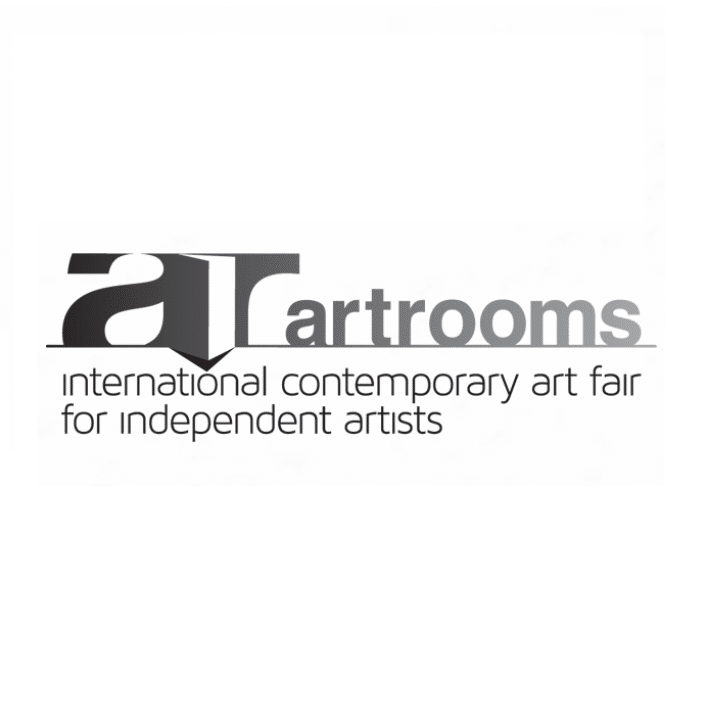
Cristina Cellini Antonini, Founder & Director Artrooms Fairs & Le Dame Art Gallery
I strongly believe that a Call for Artists is a fantastic way to discover new talents.
I find it fascinating when I have insight into the person behind the work. My advice to artists has always been not to worry about sales, but instead to focus on engaging the audience with their personal story. This process should start prior to the Call, from their website and social media channels.
We will open a Call for all independent artists worldwide and what we expect from them is to present:
- High quality images. This is the starting point for all committees that need to judge work online. When possible, upload images of details to demonstrate texture and brush strokes.
- Include details of your images: title, year, media, size and sometimes price.
Paying attention to providing this information, will reward you as a reliable, precise, and confident artist.
- Your biography, experiences, what you would like to achieve and your artistic research. All this will help a judge to better understand your capabilities, attitude and future opportunities.

Renee Rilexie, Founder, The Artists’ Pool
Ensure that the purpose and the human element of your work stands out. Explore the use of everyday relatable materials and display visual emotion. Make sure to include a short bio/cv alongside a statement about the specific artwork that you are submitting.
Let us know you want us to write more content like this with a love!
Share


